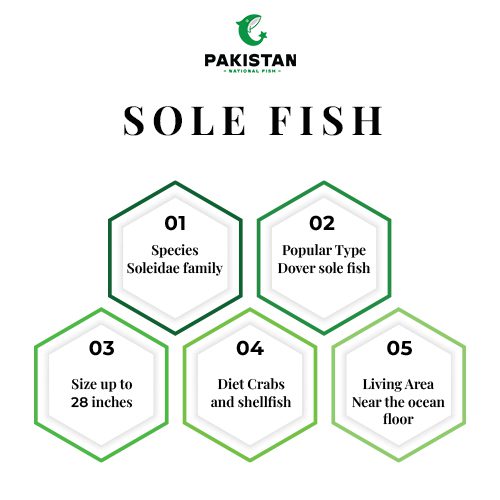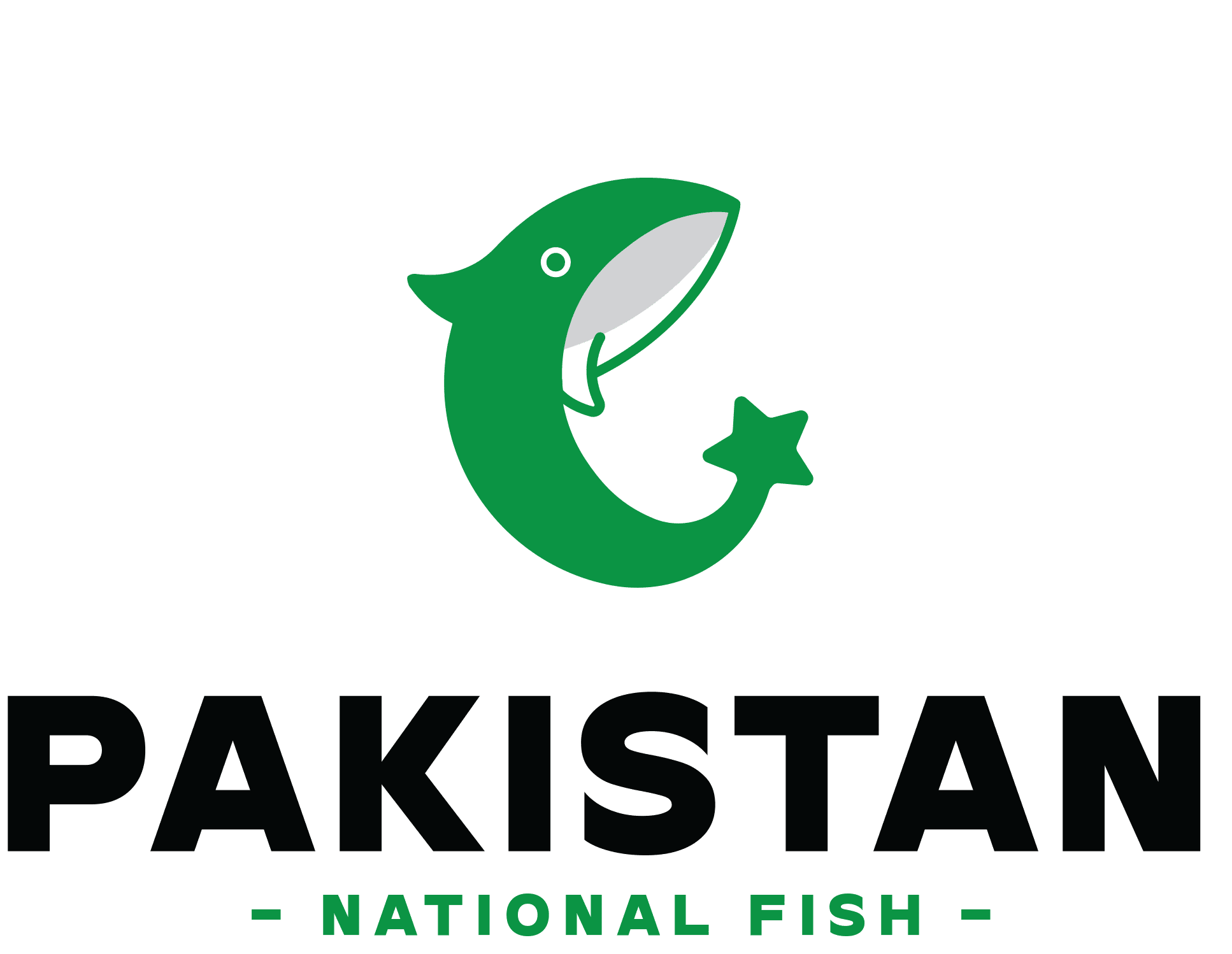Nutritionists and medical specialists tend to argue on many issues, but when it comes to the health benefits of fish, everyone agrees that they are generally beneficial. While it is widely accepted that some of the best fish to eat, such as Salmon and tuna, are high in nutrients, certain types of fish, such as sole fish, may not be as beneficial to your diet.
In addition to having fewer essential nutrients than other fish species, sole fish safety is an important concern when it comes to the environment and human health. Customers are more conscious of the possible negative effects of this species of flatfish since it was placed on the seafood red list in 2010—a list of fish obtained via unsafe fishing techniques.
What Is Sole Fish?
Sole fish are a species of slim flatfish from the Soleidae family. Though some varieties can also be found in the waters of the Americas, these types of fish are mainly found along the shores of Europe. While there are other types of sole fish, the Dover sole fish is the most popular and easily accessible. It is usually brown with a white bottom and seems flat.
It can reach a length of 28 inches and has two small eyes on the right side of its body. Being a bottom feeder, the sole fish lives near the ocean floor and consumes crabs and shellfish that are present at the lowest point in the ocean. These fish are often caught using trawls, which are enormous nets that dig the ocean floor for fish. Sole fish can be used in a wide variety of delicious fish dishes due to their mild flavour and versatility.

Reasons To Avoid Eating Sole Fish
Depending on health, environmental, and ethical factors, it may be advised to avoid sole fish for a variety of reasons.
1. High Contamination Risk
Contamination is a major concern when consuming any kind of seafood. When eaten by humans, heavy metals and poisons may build up in fish tissues and cause major health consequences.
Sole fish and other flatfish kinds are more likely to contain hazardous chemicals that could have a disastrous effect on health due to high levels of pollution and waste from industry. According to studies on indicators of pollutant exposure, sole fish in particular places may be exposed to high levels of polycyclic aromatic hydrocarbons, harmful substances linked to DNA damage and cancer growth.
2. Unsustainability And Overfishing
Sole fish is not only overfished and unsustainable, but it may also pose health risks. The prevalent use of dangerous and unsustainable fishing methods has led to the inclusion of sole fish on the list of fish that should never be consumed. This is due to the fact that demersal trawls, which are big nets designed to catch bottom-dwelling fish, are the primary means of capturing sole fish.
This technique of fishing can have major negative environmental and biological consequences since the fishing gear can inflict long-term harm to fragile areas on the ocean floor. Furthermore, because fish on the ocean floor typically move in mixed groups, trawling may unintentionally capture and discard sensitive fish species, which could negatively impact those species’ populations.
3. Low Fats
To achieve your needs for omega-3 fatty acids, the American Heart Association suggests consuming at least two healthy meals of fatty fish per week. Essential for numerous facets of well-being, omega-3 fatty acids have been linked to several possible advantages, including heart health enhancement, decreased risk of cancer, and defence against cognitive deterioration.
However, compared to other fish types, sole fish has comparatively fewer omega-3 fatty acids because it is a skinny fish. To obtain a substantial amount of omega-3 fatty acids, it is preferable to incorporate a few servings types of fatty fish, such as tuna, salmon, sardines, and mackerel, into your weekly diet.
Conclusion
In Pakistan, it is generally recommended to avoid sole fish because of three main concerns: low nutritional value, high danger of contamination, and unsustainability and overfishing. Polluted waters can accumulate dangerous substances such as polycyclic aromatic hydrocarbons in sole fish, which can be extremely harmful to their health. Furthermore, the seafood red list includes sole fish because of their unsustainable fishing practices. Lastly, compared to other fish, sole fish have lower amounts of omega-3 fatty acids, which makes them a less healthful choice. For these reasons, choosing more nutrient-dense and sustainably farmed seafood, such as salmon, tuna, or sardines, is preferable.


